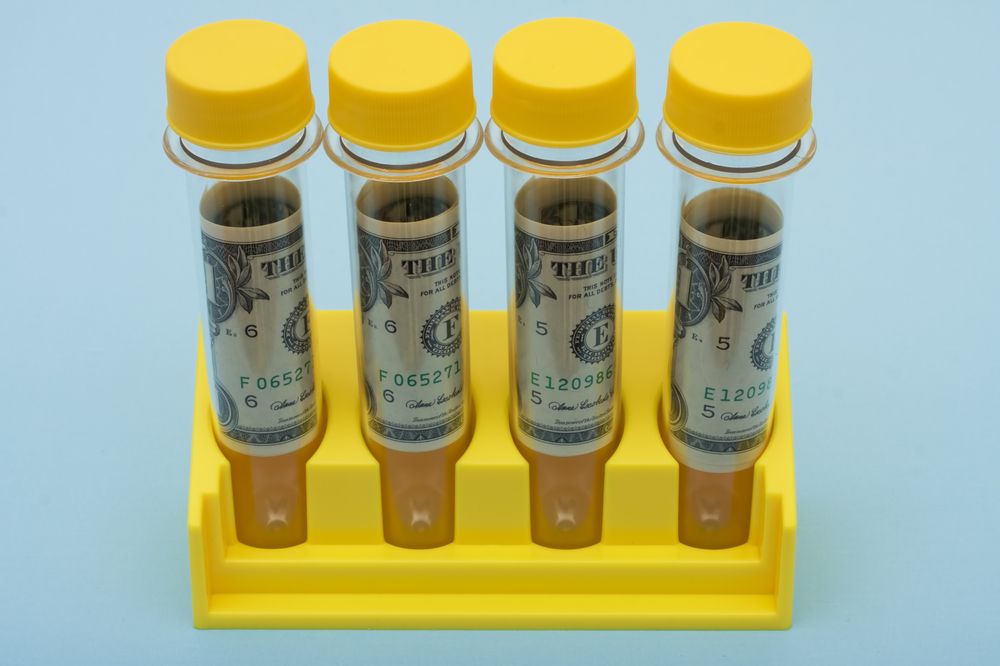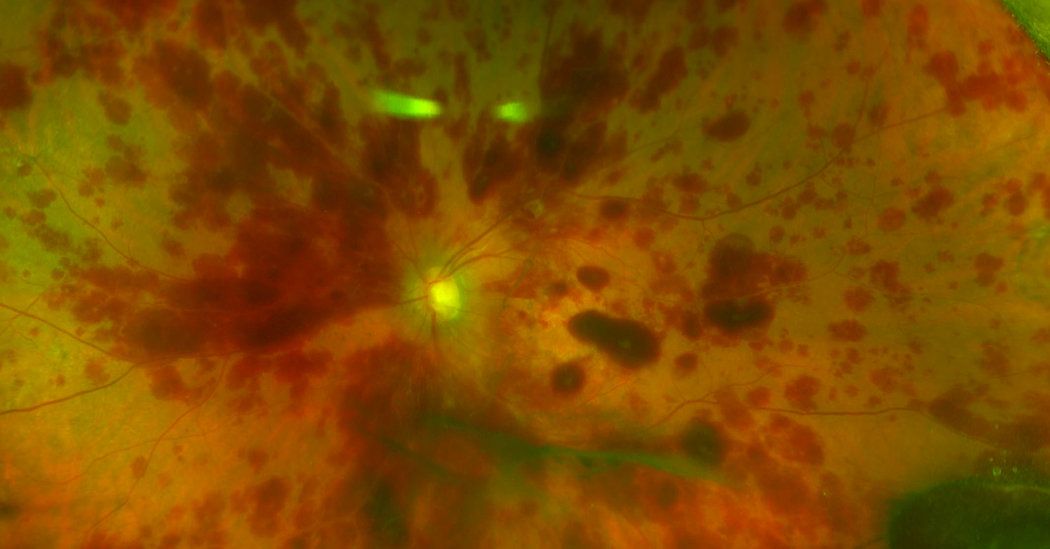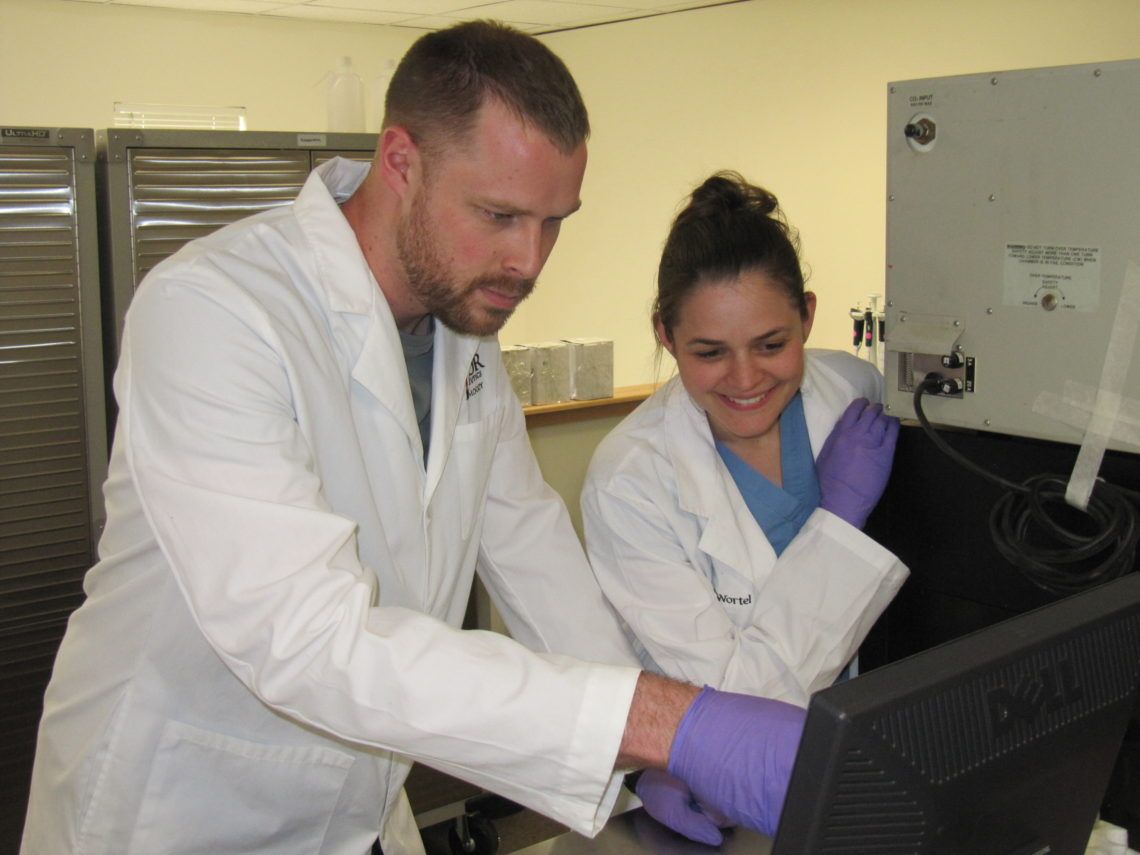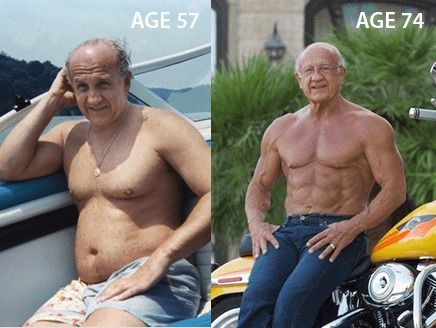What the proposed Trump budget might mean for scientific funding and especially rejuvenation biotechnology.
What could the proposed Trump budget mean for rejuvenation biotech?


It’s the largest gathering of longevity advocates I know of. Hope to see you there! Get $50 bucks off registration by entering: ZOLTAN www.raadfest.com

And today a clear lesson in why jumping the gun and not using appropriate engineering safety in regenerative medicine is reckless and dangerous. The steady and scientific path is always the best way when health is on the line. The current system needs streamlining for sure and projects like Lifespan.io are helping to create a progressive environment but ensuring appropriate safety is observed. We must be careful in healthcare and this story reminds us why.
Three women suffered severe eye damage at a Florida clinic, exposing gaps in protections for people seeking unproven treatments.

Futurist event Moogfest’s line-up in these stories, including a cover pic of the transhumanist Immortality Bus on Cool Hunting:
http://www.coolhunting.com/culture/moogfest-2017 &
http://www.brooklynvegan.com/michael-stipe-premiering-first-…-moogfest/ & https://thump.vice.com/en_ca/article/moogfest-keynote-speakers-announcement #futurist
Physicist Dr Kate Shaw, MIT Media Lab’s Joe Davis and an art installation from Michael Stipe take the stage at this year’s boundary-pushing celebration of technology by Karen Day.

Coffee turns up some interesting properties and it isnt the caffeine in that is the star of the show.
Could coffee be a geroprotector?

Many people like to start the day with a hot cup of coffee to help get their motor running, but there could be more to this popular beverage than meets the eye. Nothing quite like the taste of hot fresh coffee and it is no surprise it has been the drink of choice in many cultures for centuries. Coffee has also long been associated with having geroprotective properties, meaning it is a substance that protects against the aging process.
A number of epidemiologic studies suggest that drinking coffee can reduce the risk of Alzheimer’s and Parkinson’s disease. Based on the cardiovascular risk factors, aging and dementia studies, the consumption of 3–5 cups of coffee a day is associated with a reduced risk for Alzheimer’s in later life. Some studies have suggested the reason coffee is beneficial is due to caffeine and its antioxidant properties, however a study in 2015 found there was no significant difference between caffeinated or decaffeinated coffee so something else other than caffeine must be responsible for its protective properties.




I thought this interesting enough to share:
Zoltan Istvan was my favorite presidential candidate in 2016. He toured the country in a bus modeled to look like a coffin, with the message that death is a curable disease.
And it’s not just people on the fringe who are involved in the anti-aging cause. There is a sister company of Google called Calico whose goal is “tackling aging.”
Ray Kurzweil, inventor, senior engineer at Google and holder of 21 honorary doctorates, has written a book called Fantastic Voyage: Live Long Enough to Live Forever. At age 69, he expects technology to improve enough in his lifetime that he will live forever. (In the meantime, he takes extremely good care of himself!)
But hold on a second. While we’re waiting for Istvan, Calico, and Kurzweil succeed, let’s take a moment to ponder the possible dystopian consequences.
A lil round table with Liz Parrish.
Liz Parrish, CEO of BioViva, speaks on Norwegian TV about helping people to live longer, healthier lives by using gene and cell therapies.